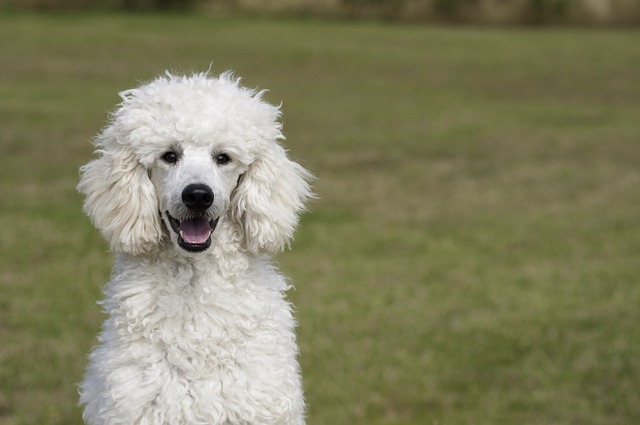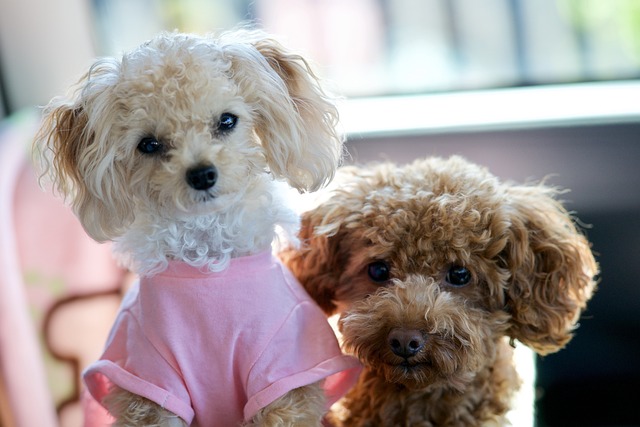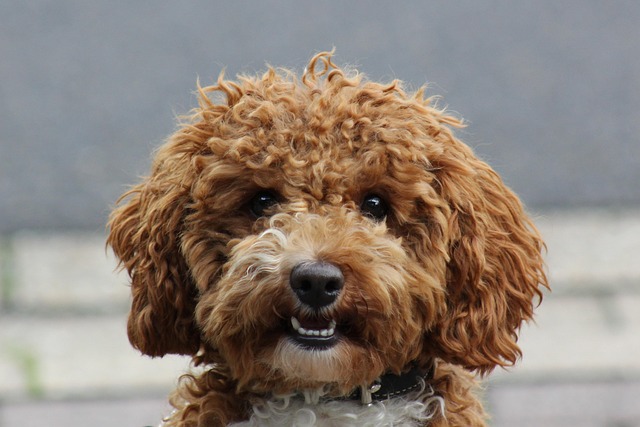
Can I treat parasitic infections in dogs at home
Imagine you’re in your New York City apartment, kneeling on the rug to play with your 8-month-old Beagle, Lola. She’s been nipping at her hind leg nonstop
Watching a puppy grow feels like magic—one week they’re tripping over their own paws, the next they’re nuzzling your hand at eye level. But when does that growth spurt slow down, and when can you say they’ve hit their full size? The answer depends a lot on what kind of dog they are.
Small breeds like Chihuahuas or Yorkies mature fast. By 8 to 12 months, their paws stop growing, and their bodies fill out into that compact, adult shape. You’ll notice their energy might shift, too—less zooming around the living room for hours, more content to curl up on the couch. It’s why many small-dog owners swap out puppy collars for adult sizes by their first birthday.
Medium breeds take a bit longer. Labs, Cocker Spaniels, and similar pups usually reach full size between 12 and 18 months. Their legs might keep stretching past the one-year mark, making them look lanky before their chest and shoulders catch up. During this phase, vets often recommend adjusting their diet—too many calories can lead to rapid growth, which strains developing joints.
 Big dogs? They’re late bloomers. Great Danes, Mastiffs, and Saint Bernards might not finish growing until they’re 2 to 3 years old. Those first 18 months are all about height, but their muscles and bones keep strengthening long after. It’s why responsible breeders and vets stress patience with exercise—long runs or rough play before their bodies are ready can cause lifelong issues.
Big dogs? They’re late bloomers. Great Danes, Mastiffs, and Saint Bernards might not finish growing until they’re 2 to 3 years old. Those first 18 months are all about height, but their muscles and bones keep strengthening long after. It’s why responsible breeders and vets stress patience with exercise—long runs or rough play before their bodies are ready can cause lifelong issues.
Mixed breeds add a fun wildcard. If you’re not sure what’s in your pup’s lineage, look at their paws. Oversized paws compared to their body usually mean more growth is coming. Rescue centers often use this trick to guess adult size, helping adopters prepare for everything from crate dimensions to how much space they’ll need in a city apartment.
Knowing when your puppy stops growing isn’t just about buying the right size bed. In some regions, laws tie pet ownership rules to adult weight—like breed-specific regulations or housing restrictions. A “small” puppy that turns into a 70-pound adult might require different permits or insurance, so checking local guidelines early avoids headaches later.
Keep a growth chart if you’re curious. Jot down their weight and height every month, and note when their appetite changes—puppies often eat less once they’re done growing. By the time they hit that full-size mark, you’ll have a good sense of their personality, too. Whether they’re a tiny lap dog or a giant couch companion, that final size is just part of what makes them uniquely yours.

Imagine you’re in your New York City apartment, kneeling on the rug to play with your 8-month-old Beagle, Lola. She’s been nipping at her hind leg nonstop

Imagine you’re in your Chicago apartment, settling in for a movie night with your 2-year-old Boston Terrier, Luna. She curls up on your lap

Imagine you’re in your Los Angeles apartment, making breakfast while your 1-year-old Corgi, Milo, circles your feet—usually, he’s begging for a scrap of toast

Imagine you’re in your New York City apartment, sitting on the couch with your 6-month-old Golden Retriever, Max. He’s been scratching his ear nonstop

Those reddish-brown streaks around your dog’s eyes aren’t just unsightly—they’re often a sign of constant tearing. Breeds like Shih Tzus and Pugs, with their big, round eyes, are especially prone to this, thanks to their facial structure trapping moisture

Watching your faithful companion grow older comes with a learning curve many pet owners aren't prepared for. While your intentions may be good